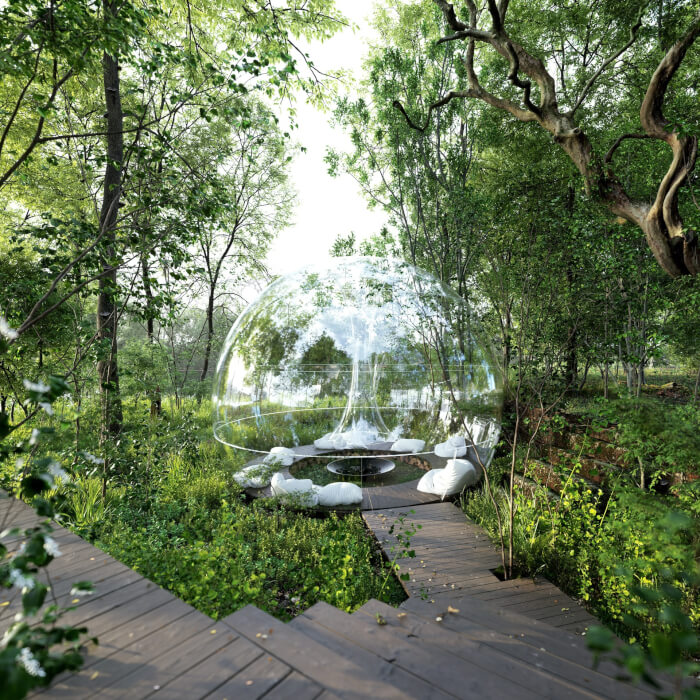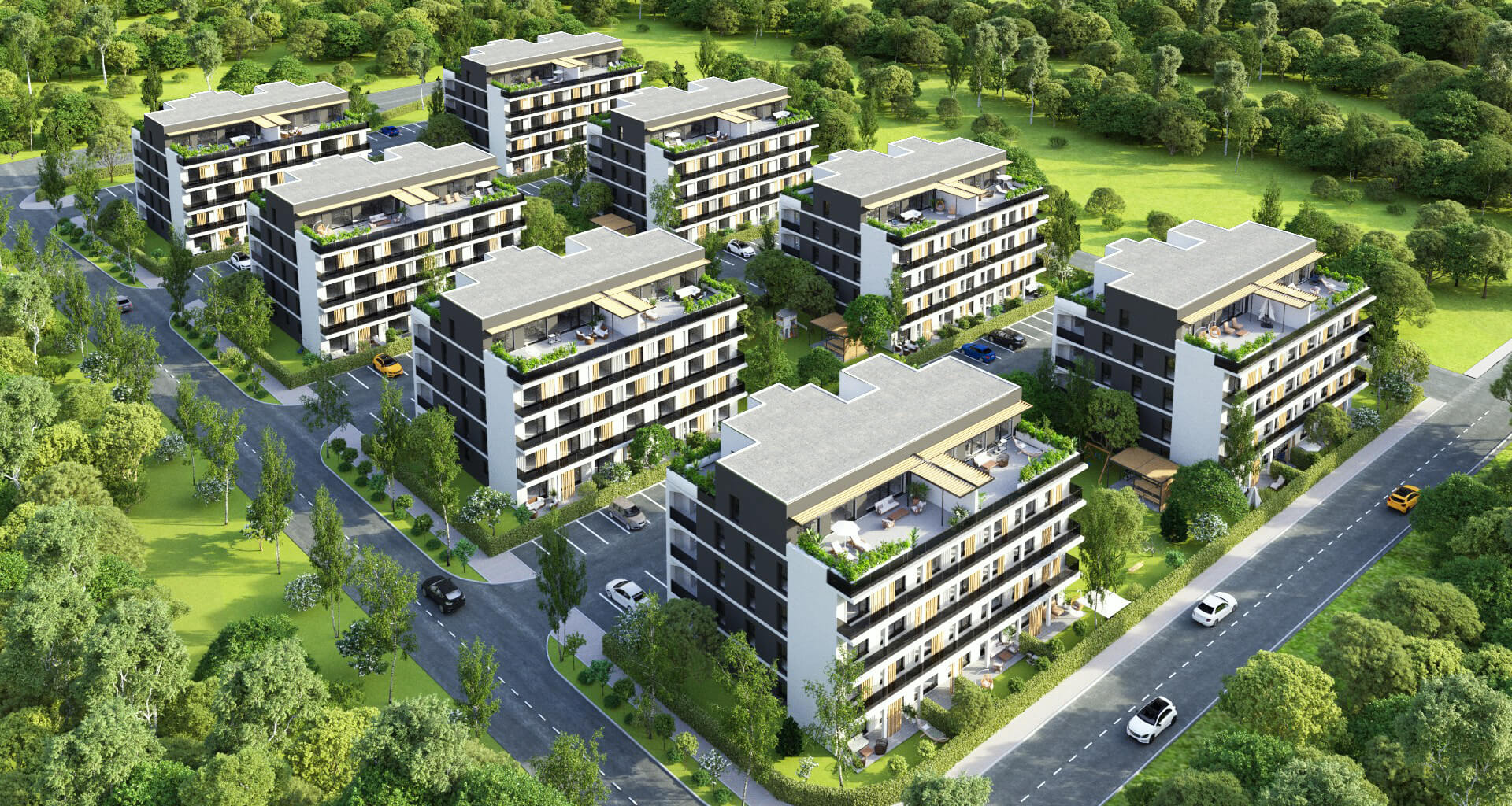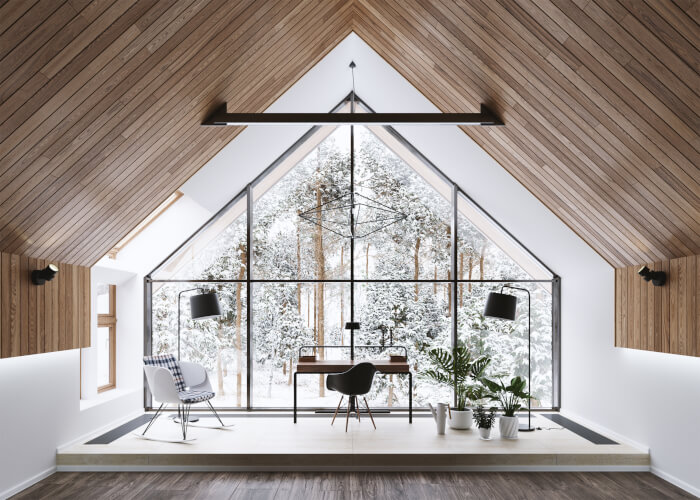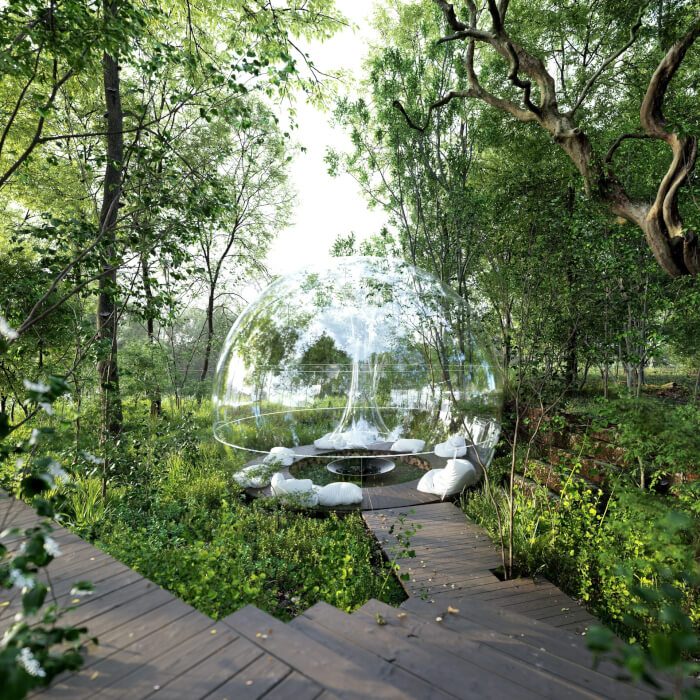
One of the best ways to develop your skills in architectural visualization is with practice. Find a project that you like and try to build the visualization in Blender, as if you were working on a commercial project. You will find problems and challenges that will help you understand and develop a workflow to fix them all.
That is what an artist called Jan Morek did with a project he found online and tried to recreate the same space using Blender. He used Octane Render for all the images and the results are impressive.
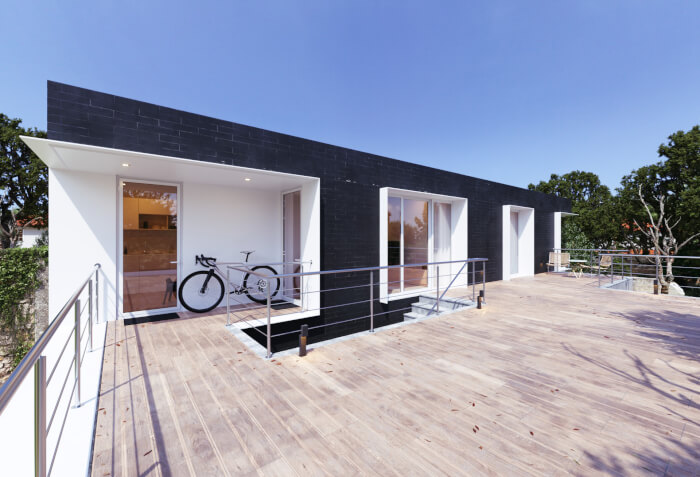
At the BlenderArtists forums, you will find a lot more images from this project and a detailed description of the project development.
One interesting aspect of the project is that, according to the author, he made several tests with different HDR maps and settings to find the best possible lighting solution.
Using Blender for architecture
Do you want to use Blender for architecture or render your projects using Cycles or Eevee? We have three books available that could help you!
They cover the use of Blender for producing architectural content and also all information you need to render projects in real-time:
- Blender 2.9 for architecture: Modeling and rendering with Eevee and Cycles
- Blender 2.8 parametric modeling: Drivers, Custom Properties, and Shape Keys for 3D modeling
- Blender 3.0: The beginner's guide
- Blender 2.8 for technical drawing
- Blender Eevee: The guide to real-time rendering with Blender 2.8
You can get them in both digital and paperback formats. By ordering those books, you will not only improve your skills with Blender for architecture but also support Blender 3D Architect.

